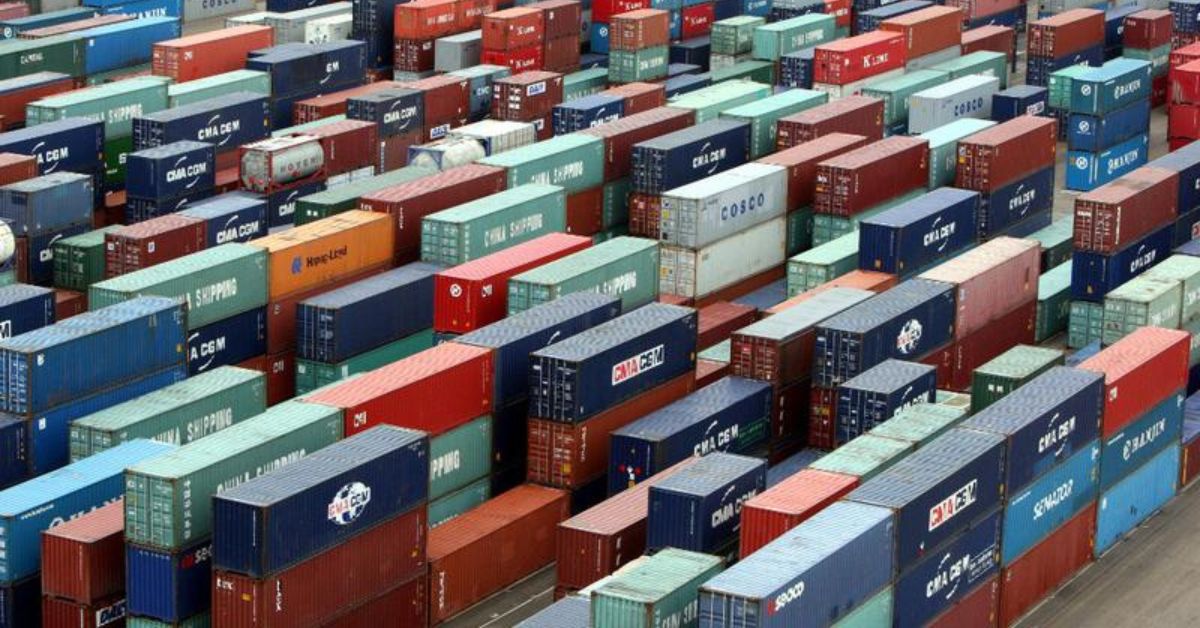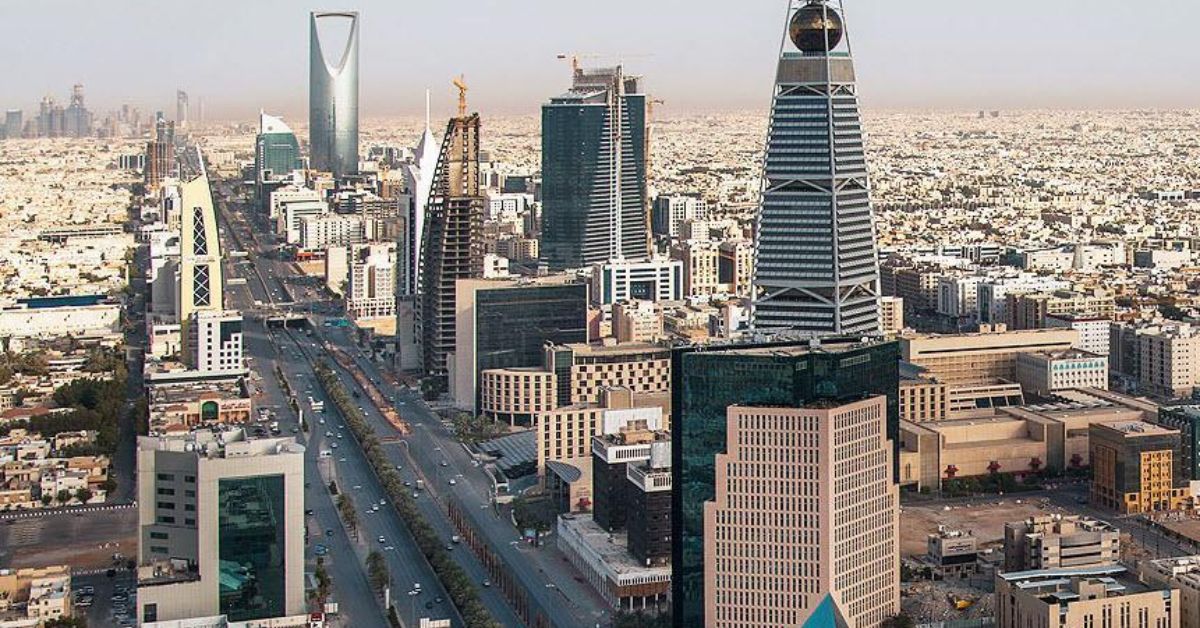As the global economic landscape evolves, Saudi Arabia stands at a critical juncture, ready to leverage its strengths and tackle challenges.
“The Saudi Economy in 2024-25,” a report by Jadwa Investment, outlines the Kingdom’s economic path, providing insights into principal drivers, obstacles, and prospects.
Saudi Arabia’s fiscal weakening is largely due to a 21 percent drop in oil revenue in 2023, with decreased oil prices and production causing a deficit of around SAR 156 billion or 3.9 percent of GDP.
Government spending rose by 11 percent, spurred by increases in wages, procurement costs, social benefits, and capital expenditure. Performance dividends from Aramco helped mitigate the deficit, bringing it down to 2.1 percent of GDP in 2023.
At A Glance * Saudi Arabia is at a critical economic juncture, leveraging strengths to address challenges. * There is a 21% drop in oil revenue in 2023 significantly impacted Saudi's fiscal position. * Government spending rose by 11%, with Aramco dividends helping mitigate fiscal deficits. * There is an anticipation of increased non-oil revenue and oil revenue rise by 2025 to offset fiscal deficits. * Non-oil sector growth is driven by government initiatives, giga-projects, tourism, and financial sector developments. * Balance of payments is predicted to improve by 2025 due to oil revenue and tourism earnings. * Saudi Arabia is expected to maintain a surplus, despite challenges, through 2024-25. * Economic stability is supported by robust reserve assets against external shocks. * Saudi Arabia's economic future is marked by resilience and a focus on diversification.
To bridge the deficit in the coming years, the government aims to maintain Aramco’s performance dividends, projected to lower the deficit to 2.4 percent of GDP in 2024. Moreover, a surge in non-oil revenue is anticipated, notably from income taxes on foreign firms and higher VAT earnings due to increased expatriate arrivals.
Oil Revenue Deficit
The government also forecasts a 14 percent rise in oil revenue by 2025 and continuous increases in non-oil revenue. Coupled with Aramco’s special dividend to reduce the deficit, these measures are expected to offset fiscal shortfalls in the future.
The deficits will be financed through further debt issuance, both internationally and locally, buoyed by a robust demand for Saudi public sector debt.
In 2023, non-oil GDP growth in Saudi Arabia was bolstered by strong consumption and investment, especially in transport, storage, communication, and domestic manufacturing.
Non-Oil Sector’s Future
Looking ahead, the non-oil sector is set to be the main catalyst for GDP growth in Saudi Arabia, propelled by various factors:
Government initiatives: The Ministry of Industry and Mineral Resources will bolster local exporters and draw investments, particularly in the machinery and equipment sectors.
Giga-projects: The surge in construction related to giga-projects is poised to significantly boost economic growth.
Tourism boom: New hotels and an expected increase in visitors are set to benefit the tourism industry.
Financial sector: Reduced interest rates are likely to invigorate mortgage demand, stimulating expansion in finance, insurance, and business services sectors.
The report predicts a marked improvement in the balance of payments position by 2025, primarily due to a resurgence in oil revenue, increased tourism earnings, and a projected rise in the trade surplus. Tourism revenue, expected to hit around US$ 75 billion, will significantly contribute to this enhancement.

Balancing the Current Account
Despite hurdles like weaker oil prices and escalating construction costs, Saudi Arabia is anticipated to maintain a surplus in 2024, bolstered by strong tourism earnings and overseas investments.
However, this surplus is expected to decrease slightly, underscoring the importance of sound fiscal management. Forecasted to stay robust in 2024-25, resilient reserve assets provide a cushion against external shocks and strengthen the Kingdom’s economic stability.
Prospects for 2025 and Beyond
Looking ahead, the balance of payments is set to improve in 2025, spurred by a revival in oil revenue and solid tourism earnings.
With the current account surplus expected to rebound, Saudi Arabia is well-positioned to leverage emerging opportunities and adapt to the changing global economic landscape.
Key factors driving these forecasts include the performance of the tourism sector, oil market trends, and overall economic activities within the Kingdom.
To sum it up, the Saudi economy in 2024-25 is characterized by resilience, adaptability, and forward-thinking strategies. Despite the challenges of global economic uncertainties and regional dynamics, Saudi Arabia remains committed to pursuing sustainable growth and economic diversification.








